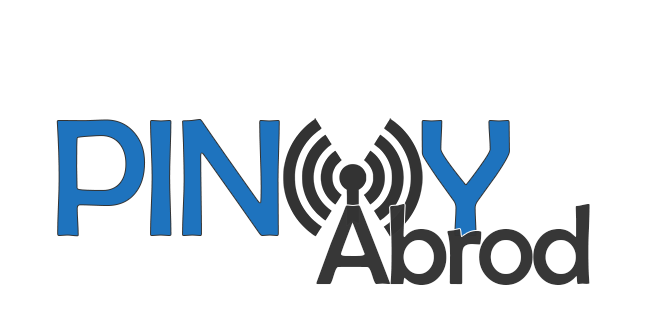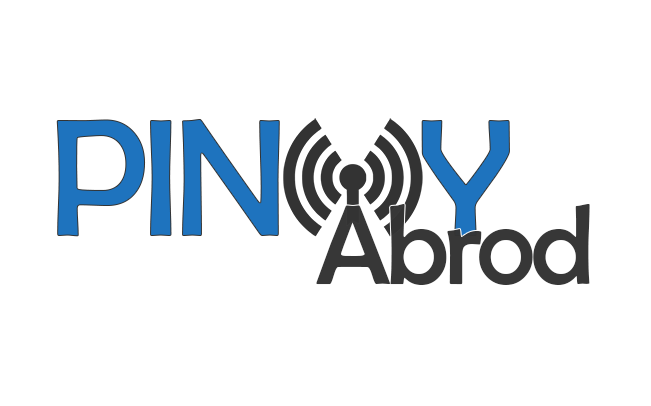One of President Duterte’s many promises at the start of his
term was to resolve Metro Manila’s transport and traffic problems. But three
years later, these remain just as bad if not worse than ever. The various
programs and schemes that the government has come up with have done little to
fix the transport and traffic mess and may be making it even messier. This is
because its transport plan is private sector-driven and chaotic as well as lacking
moorings in a comprehensive plan for national economic development. It puts the
interest of foreign and big business first while defaulting on its
responsibility to the riding public and domestic development.
Transport solution misses
The programs and policies being employed by the Duterte
administration to address transport and traffic woes, particularly in Metro
Manila, are not making a dent and are actually making it worse. Here are a few
examples of these misses:
PUV modernization program. The
government’s public utility vehicles (PUV) modernization program involves replacing
jeepneys with ‘compliant units’ such as Euro-4, electric, solar, or hybrid
vehicles. This supposedly: improves fuel efficiency and lessens emissions;
increases jeepney drivers/operators’ incomes; and provides a safer, affordable,
and more efficient riding experience which encourages more people to take
public transport and eases traffic.
But a closer look shows that the modernization program will
give the profit-seeking big corporate sector control over PUVs, displace small
jeepney drivers and operators from their livelihoods, and lead to fare hikes
that many commuters can ill-afford. Jeepneys and smaller vehicles will be
restricted from major roads and limited to arterial and local roads. But without
an overall plan to improve mass transport on major routes like the metro rail,
commuters that rely on PUVs being banned from major roads could be left
stranded. The Department of Transportation (DOTr) is rushing implementation
without the prerequisite of a route rationalization study and pilot phase. Route
planning has also been devolved to local government units (LGUs). This lack of rationalization and planning is
limiting transport options and making these more disorganized. (see Corporate capture in jeepney modernization)
Yellow-lane policy. In early August, the Metro
Manila Development Authority (MMDA) strictly enforced its yellow-lane policy
along EDSA. This restricts city buses to the first and second lanes of EDSA
while provincial buses and private cars use the remaining three lanes. However,
this led to unmoving bumper-to-bumper traffic in the city bus-only lanes while
mainly private vehicles breezed through in the other lanes. Many bus commuters just
opted to disembark and walk.
The MMDA blamed this on provincial buses using the first and
second lanes restricted to just city buses. Many commuters took to social media
and pointed out how these policies are “anti-poor” and dismiss the importance
of mass transport and the needs of the riding public.
Provincial bus ban. The enforcement of the
yellow-lane policy also coincided with the dry-run of the provincial bus ban.
Under the ban, provincial buses are not allowed to load and unload passengers
along EDSA but at designated terminals. This earned criticism for being
inconsiderate of hundreds of thousands of provincial commuters who take the
provincial bus regularly to Metro Manila for work and have been subjected to a
more complicated and more expensive trip. The ban also ignores the fact that
private vehicles make up most of daily EDSA traffic and thus should be prioritized
for regulation.
Comprehensive MRT 3 rehabilitation. Last
September the Metro Rail Transit (MRT) 3 operations were suspended, affecting
7,302 passengers, due to mechanical failure causing the train’s overhead
catenary cables to be cut. This is only the tip of the iceberg because overall,
the underdevelopment of Metro Manila rails does not make taking the train a
viable alternative for ordinary passengers. The public Philippine National
Railways (PNR) has not been restored to its full potential and only runs from
Manila to a point in Southern Tagalog. The other public Light Rail Transit
systems operate only within Metro Manila, while the private MRT 3 traverses
only a part of EDSA and has a record of multiple breakdowns and mishaps due to
inefficient management under privatization.
Privatization of the mass transport rail system has minimized
government regulation, and made train riding inefficient and unreliable while
extracting high user fees from commuters. This has diminished the potential of
the MRT 3 as a form of public mass transport, and its role in easing traffic
congestion.
These reflect the lack of urban planning that should be
aligned with a central plan for national development. It shows how government
pushes short-sighted private sector-biased policies and programs that benefit
big business instead of ensuring the mobility and productivity of Filipinos
that play an important role in national development.
Sustainable public mass transport towards national
development
Mass transportation is not an island. It should support and
serve a central plan of economic development driven by national
industrialization, and vice versa. National industrialization entails
developing rural areas for both domestic agriculture and industrial purposes,
while developing urban areas for trade and local industrial activities.
Such an economic plan needs to facilitate the efficient
mobility of large numbers of people to and from farms, factories and other workplaces,
schools, homes, and recreation areas. Sustainable public mass transport should deliver
these social and economic benefits for economic development.
Sustainable public mass transport needs to be efficient,
reliable, accessible, affordable, safe and environmentally sound (see Advocating a sustainable mass transport system).
But to achieve this, government needs to take an active role in providing
sustainable public mass transport that serves the public interest. This means
having a nationalized mass transport system as part of a comprehensive
nationwide transport policy. Transport must also be recognized as a public
utility.
Working towards this, some immediate steps government should
take include: conducting genuine consultations with affected sectors for all
mass transport endeavors; designing comprehensive route rationalization to
improve mass transport; checking congestion and pollution brought about by too
many private cars; conducting a road and rail safety and environmental audit
including the accountability of corporations and agencies involved; and
stopping the profit-motivated user-pays system.
The transport and traffic problems will worsen if government
continues to prioritize foreign and big business interests over public and
national interests. Privatization-driven mass transport is quickly bringing the
commuting public to its inevitable destination — an epic fail. ###


